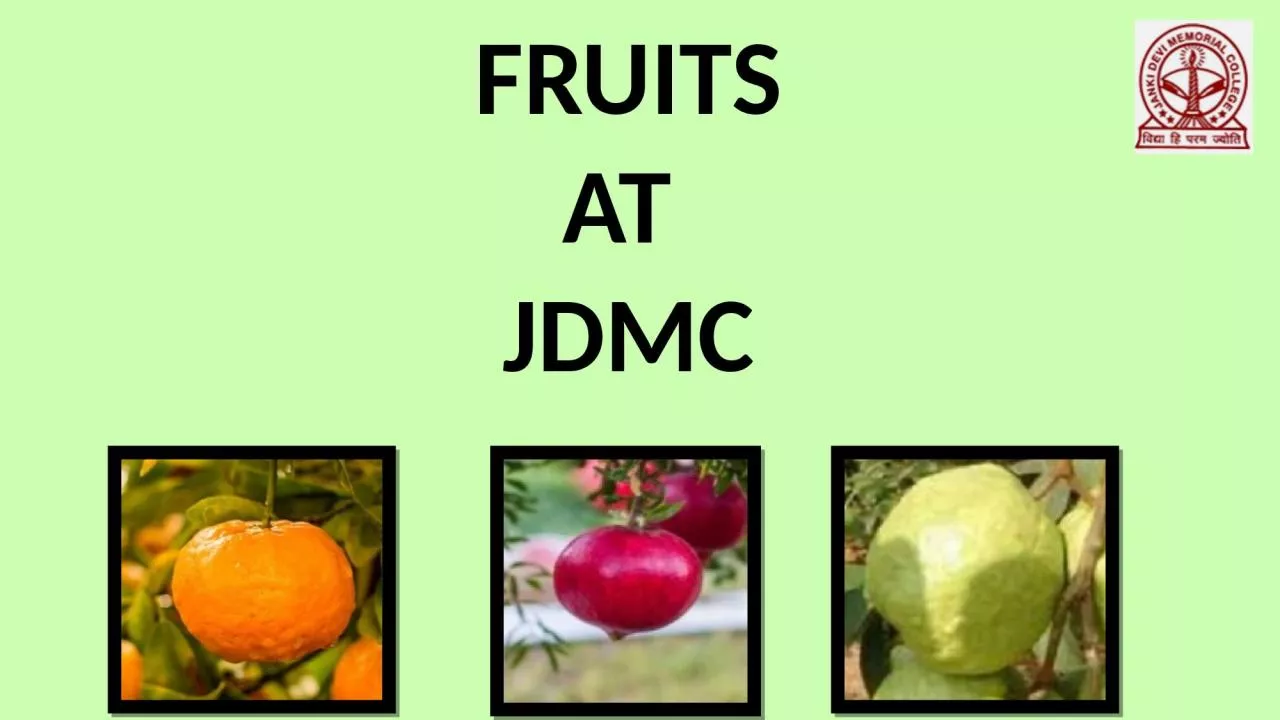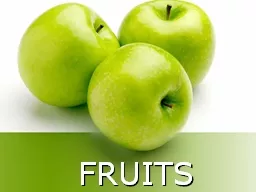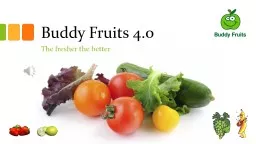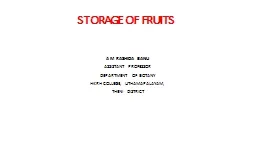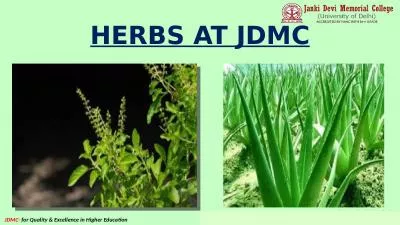PPT-FRUITS AT JDMC SCIENTIFIC NAME
Author : angelina | Published Date : 2024-02-02
Citrus reticulata COMMON NAME orange INTERESTING FACTS Oranges are truly an outstanding fruit They are very healthy cheap and tasty making them the ideal snack
Presentation Embed Code
Download Presentation
Download Presentation The PPT/PDF document "FRUITS AT JDMC SCIENTIFIC NAME" is the property of its rightful owner. Permission is granted to download and print the materials on this website for personal, non-commercial use only, and to display it on your personal computer provided you do not modify the materials and that you retain all copyright notices contained in the materials. By downloading content from our website, you accept the terms of this agreement.
FRUITS AT JDMC SCIENTIFIC NAME: Transcript
Download Rules Of Document
"FRUITS AT JDMC SCIENTIFIC NAME"The content belongs to its owner. You may download and print it for personal use, without modification, and keep all copyright notices. By downloading, you agree to these terms.
Related Documents

